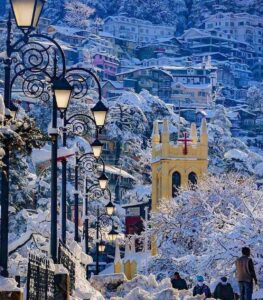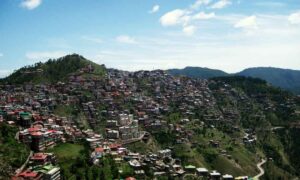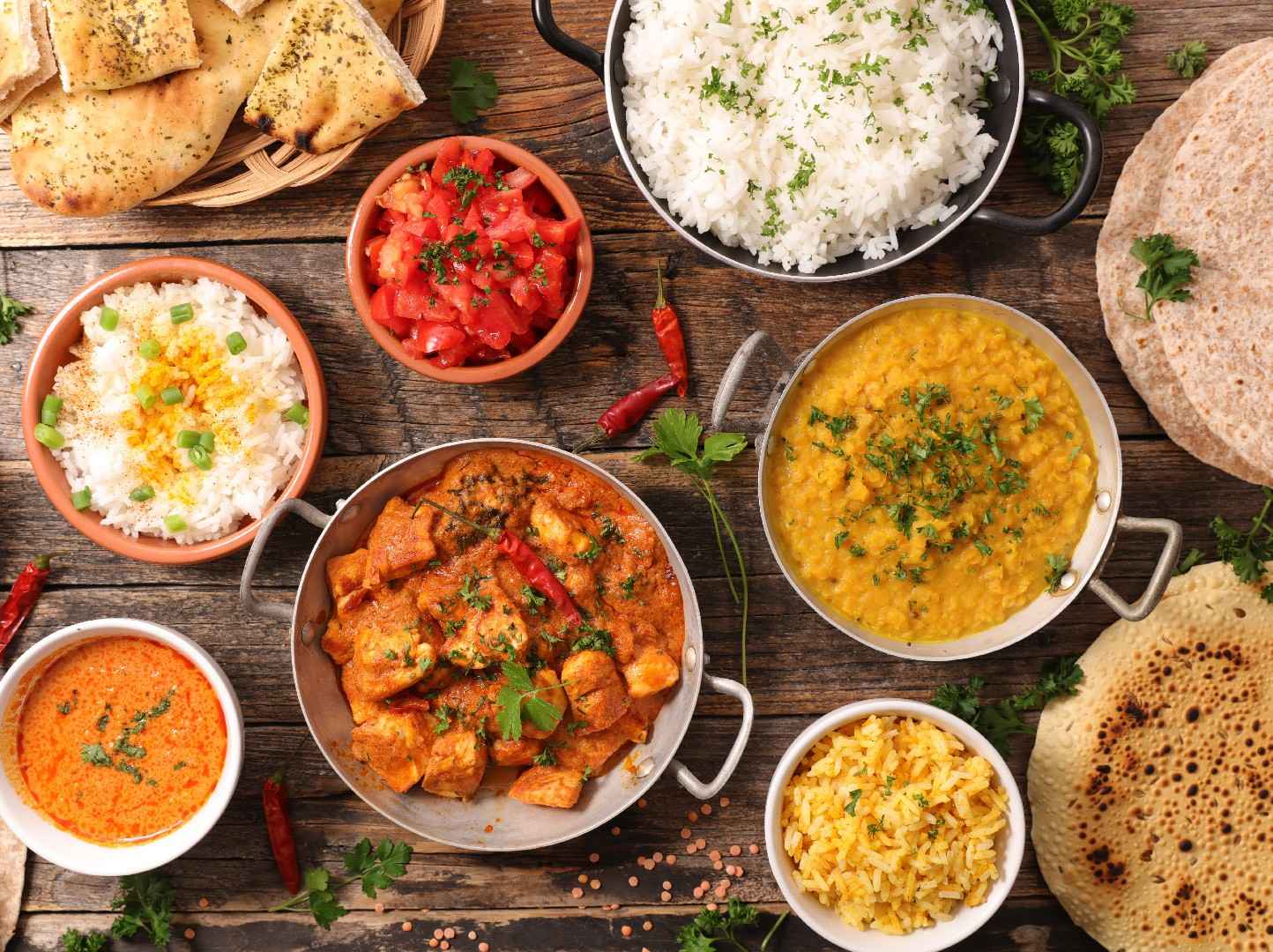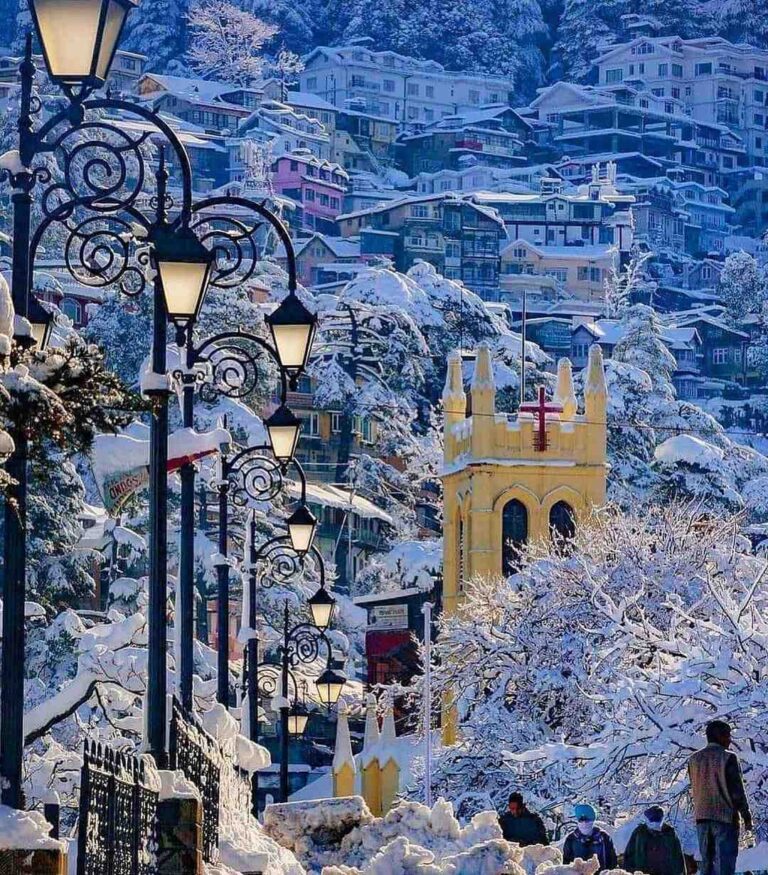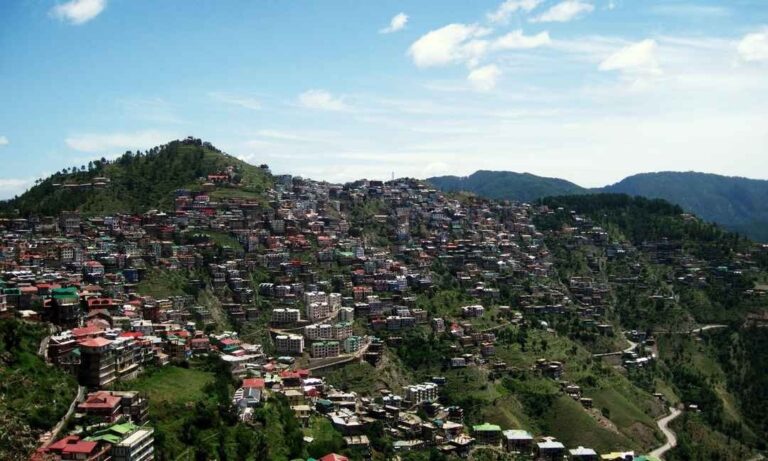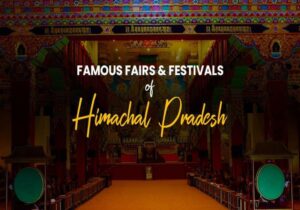
Introduction
Nestled in the heart of the Himalayas, Shimla is more than a picturesque hill station famous for its colonial architecture and scenic beauty — it is a treasure trove of culinary heritage. The food of Shimla and greater Himachal Pradesh reflects the rugged landscape, seasonal produce, and centuries-old traditions of the mountain communities.
Unlike the North Indian staples found across India, Himachali cuisine brings distinct flavors, preparation methods, and ingredients shaped by geography and climate. From hearty breads like Siddu to yogurt-rich curries like Chana Madra, these dishes are not just meals but stories of survival, celebration, and identity.
In this blog, we embark on a culinary journey through Shimla’s top 10 traditional foods. Each dish has its own tale, tastes, and cultural footprint — and together they form the delicious tapestry of Himachal Pradesh’s mountain gastronomy.
1. Siddu: The Mountain’s Comfort Bread
Origins and Cultural Significance
Siddu is perhaps the most iconic traditional dish of Himachal Pradesh, especially Shimla and surrounding regions. Historically, Siddu was prepared during the harsh winter months when access to fresh vegetables and grains was limited. It served as a vital energy source for mountain farmers and shepherds working in cold, high-altitude terrains.
The word “Siddu” roughly translates to a steamed bread, but it’s so much more than that — it’s an art of slow-cooking wheat dough with a savory or sweet filling, often wrapped in leaves or cloth and steamed over a fire or in a traditional clay oven.

Ingredients and Preparation
The base is whole wheat flour, kneaded into dough and filled with a stuffing that varies regionally. The most common fillings include:
- Lentil paste (urad dal or black gram) seasoned with spices
- Walnuts and poppy seeds for a sweet version
- Local herbs and mild chilies
Once stuffed, the dough pockets are tied tightly and placed over a slow fire or steamed, allowing the flavors to meld.
How to Enjoy Siddu
Siddu is traditionally served hot with generous dollops of homemade ghee and green chutney made from coriander and mint. Its dense, chewy texture combined with the aromatic filling makes it a perfect winter food.
Stories from Shimla
Locals often recount family gatherings where Siddu is the centerpiece — the process of making it is communal, with multiple generations involved in kneading, stuffing, and steaming. One famous festival that highlights Siddu is the winter fair in Mashobra, where visitors can sample freshly steamed Siddu made in earthen pots.
Where to Try Siddu in Shimla
- Himachali Rasoi: Offers authentic Siddu with various fillings, served traditionally.
- Village Homestays around Mashobra and Kufri: Often provide hands-on experience in making Siddu.
2. Babru: The Savory Delight of Lower Bazaar
What Makes Babru Special?
Babru is Himachal’s answer to the beloved North Indian kachori but with a distinctly local twist. It is a deep-fried bread, crispy outside and soft inside, stuffed with spiced black gram (urad dal) paste.
The dish originated as a street food in Shimla’s bustling Lower Bazaar, where vendors would fry fresh Babru for early morning commuters and late-night wanderers alike.

Ingredients and Preparation
Babru’s dough uses refined wheat flour, rolled out thin, and stuffed with a well-seasoned urad dal mixture, sometimes enhanced with ginger, garlic, and garam masala. The bread is then deep-fried until golden and crisp.
Cultural Insights
Babru is more than a snack — it’s a social food. Sharing a plate of Babru over hot chai is a common ritual among locals and visitors, often sparking conversations and community bonding.
Tips for Travelers
Babru is best enjoyed fresh, ideally from a street vendor or a local joint where it’s prepared on the spot. Pair it with tamarind chutney or curd for an authentic experience.
Where to Try Babru
- Sharma Chat Bhandar, Lakkar Bazaar: Famous for their crispy Babru and authentic chutneys.
- Local food stalls in Lower Bazaar
3. Chana Madra: The Aromatic Yogurt Curry
A Himachali Festival Staple
Chana Madra is a rich and creamy curry featuring chickpeas cooked in a yogurt and gram flour-based gravy infused with fragrant spices such as cardamom, cinnamon, and cloves. It’s a key dish in the Himachali Dham, a traditional festive meal served during weddings, religious events, and festivals.
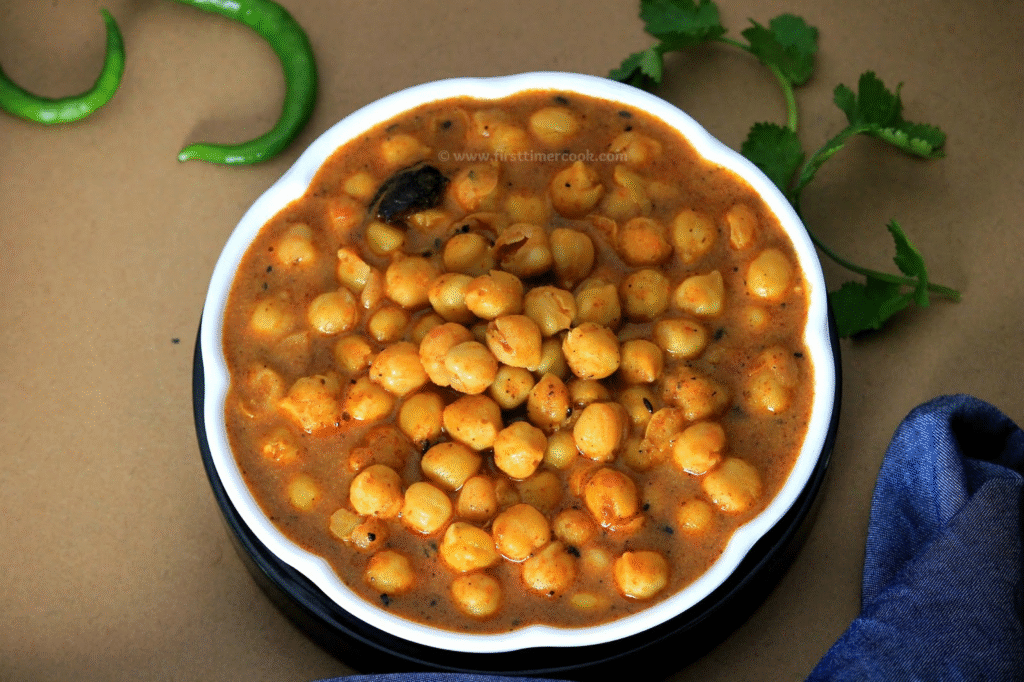
Ingredients and Flavor Profile
The balance of tangy yogurt and warm spices creates a dish that is both comforting and vibrant. Key ingredients include:
- Boiled chickpeas
- Thick yogurt (curd)
- Gram flour (besan) as a thickening agent
- Spices: cardamom, bay leaf, cinnamon, cloves, dry ginger powder
The slow cooking process allows the flavors to meld, producing a mildly spiced, creamy curry.
Why Chana Madra Stands Out
Unlike other Indian curries that rely heavily on tomato or onion bases, Madra highlights the unique use of yogurt and dry spices, giving it a subtle tanginess and depth.
Serving Suggestions
Madra is traditionally served with steamed rice or Sattu, making it a filling and wholesome meal.
Where to Savor Chana Madra
- Himachali Rasoi: For traditional Dham-style meals.
- Local dhabas near Shimla during festival seasons.
4. Dham: The Himachali Feast
What is Dham?
Dham is more than just a meal — it’s a celebration of Himachali culture and hospitality. Served on special occasions like festivals, weddings, and harvest celebrations, it consists of an elaborate thali featuring various vegetarian dishes.

Components of Dham
- Rice
- Dal (lentils)
- Madra (yogurt-based curry)
- Sweet rice (Meetha)
- Side chutneys and pickles
- Vegetable dishes such as Aloo Ke Gutke
Each component is prepared with care, using seasonal and locally sourced ingredients.
Cultural Importance
Dham is served on leaf plates and eaten communally, symbolizing unity and shared prosperity. The meal is often accompanied by traditional folk music and dance, enhancing the cultural experience.
Experiencing Dham in Shimla
While not widely available in restaurants due to its elaborate preparation, several homestays and cultural centers host Dham meals for tourists seeking authentic experiences.
5. Tudkiya Bhath: The One-Pot Wonder
What is Tudkiya Bhath?
A traditional Himachali rice dish, Tudkiya Bhath is a comforting blend of rice, lentils, potatoes, and yogurt, lightly spiced with mustard seeds, cumin, and asafoetida.

Origins and Preparation
Rooted in rustic hill kitchens, this dish embodies simplicity and flavor. Lentils and potatoes add body, while yogurt gives a slight tang. It is often cooked in a single pot, making it convenient for mountain families.
Taste and Texture
The result is a lightly spiced, creamy rice dish — somewhere between khichdi and pulao — enjoyed as a main course or side dish.
Where to Try Tudkiya Bhath
It’s a home-cooked delicacy rarely found in restaurants but can be requested at homestays or local homes.
6. Aloo Ke Gutke: Simple Yet Flavorful
What is Aloo Ke Gutke?
This humble side dish is boiled potatoes sautéed with mustard seeds, red chili powder, turmeric, and garnished with fresh coriander. The simplicity of the ingredients belies its bold flavor.
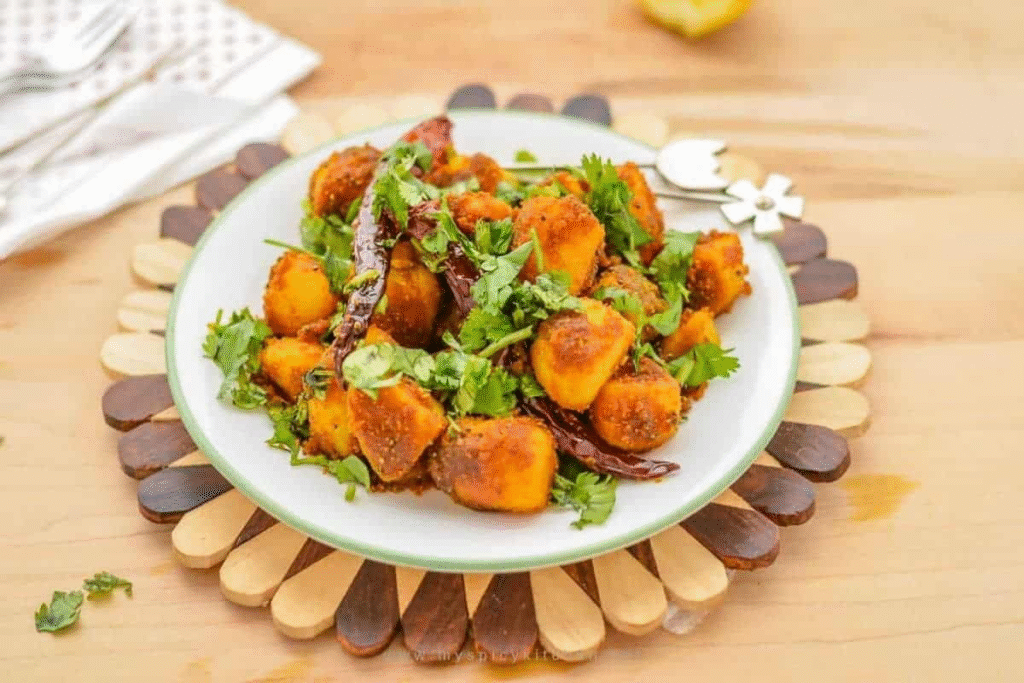
Cultural Significance
Aloo Ke Gutke is a staple in every Himachali household, eaten alongside lentils or rice. Its easy preparation makes it a go-to dish for daily meals.
Tips for Travelers
Try it as a side with other Himachali dishes or as a snack with chai.
Where to Taste
Most local eateries and family-run restaurants offer Aloo Ke Gutke as part of their menu.
7. Aktori: The Buckwheat Pancake
What is Aktori?
Aktori is a traditional pancake made from buckwheat flour, which is widely grown in the hills. It’s commonly prepared during festivals or special occasions.
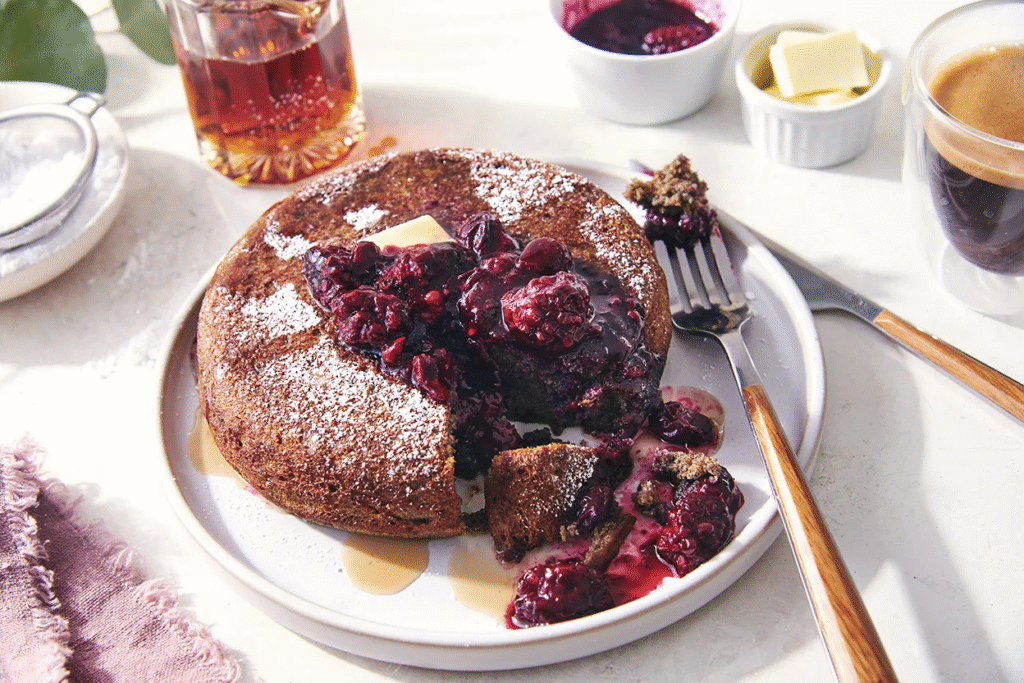
Nutritional and Cultural Aspects
Buckwheat is a vital grain in Himachal, packed with nutrients and gluten-free. Aktori represents the connection between the mountain’s agriculture and its cuisine.
Serving Style
Typically served hot with homemade butter or honey.
Where to Find
Mostly homemade or available during local fairs and village festivals.
8. Meetha (Sweet Rice): The Festive Dessert
What is Meetha?
Meetha is a celebratory sweet rice cooked with ghee, sugar or jaggery, dry fruits, and cardamom. It’s the sweet finale to any Himachali feast.
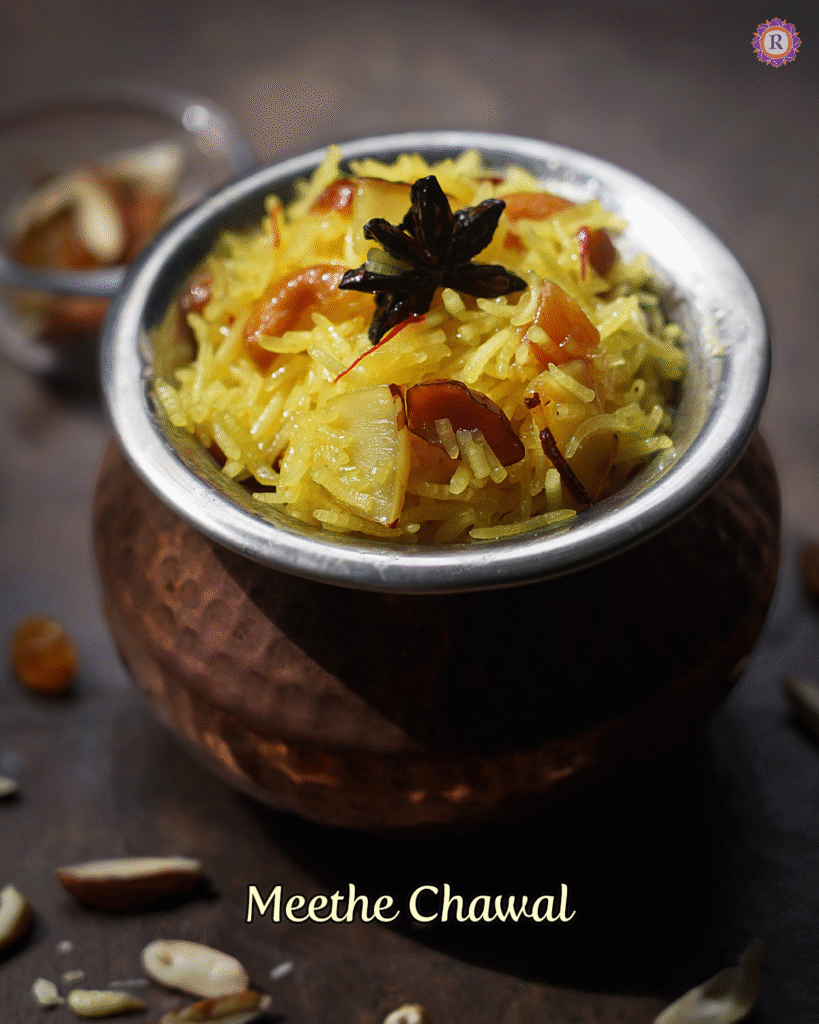
Ingredients and Preparation
Steamed rice is mixed with caramelized jaggery, raisins, almonds, and cashews, creating a rich, aromatic dessert.
Importance in Festivals
Meetha is an integral part of Dham and other celebrations, symbolizing prosperity and joy.
9. Chha Gosht: The Meat Curry
What is Chha Gosht?
A traditional lamb or goat curry made with yogurt and gram flour, spiced with aromatic ingredients like bay leaf, cinnamon, and cardamom.
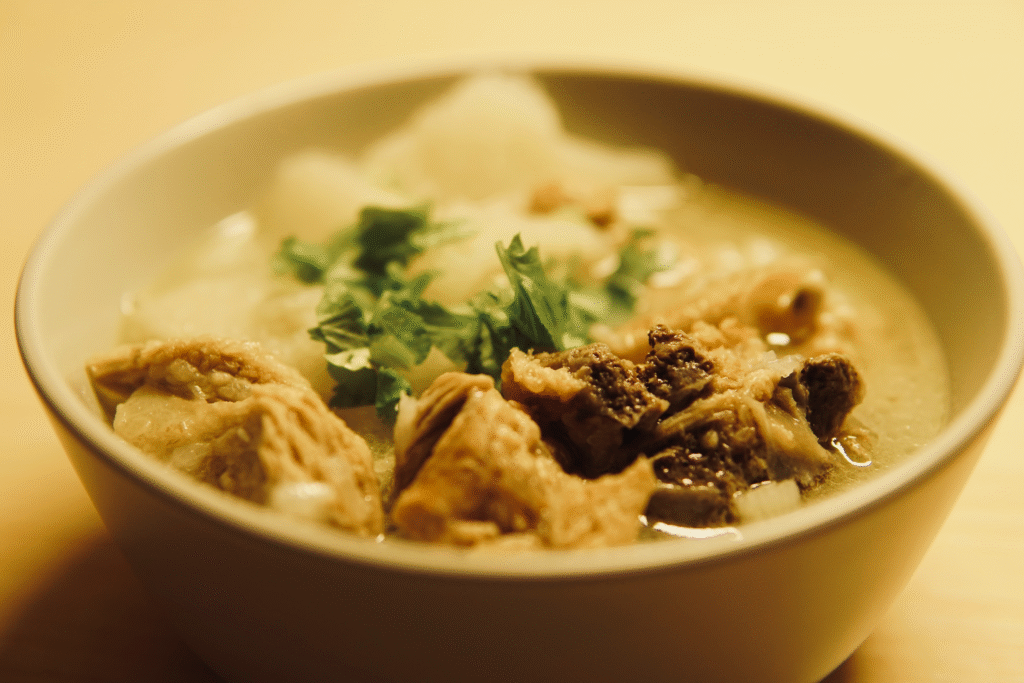
Significance
As Himachali cuisine is predominantly vegetarian, Chha Gosht holds a special place in celebratory meals, especially among the Pahari communities.
Where to Savor
Available in select restaurants and homestays offering non-vegetarian options.
10. Khatta: The Tangy Side Dish
What is Khatta?
Khatta is a tangy side dish made from pumpkin or boondi, flavored with dry mango powder (amchur), jaggery, and mustard seeds.
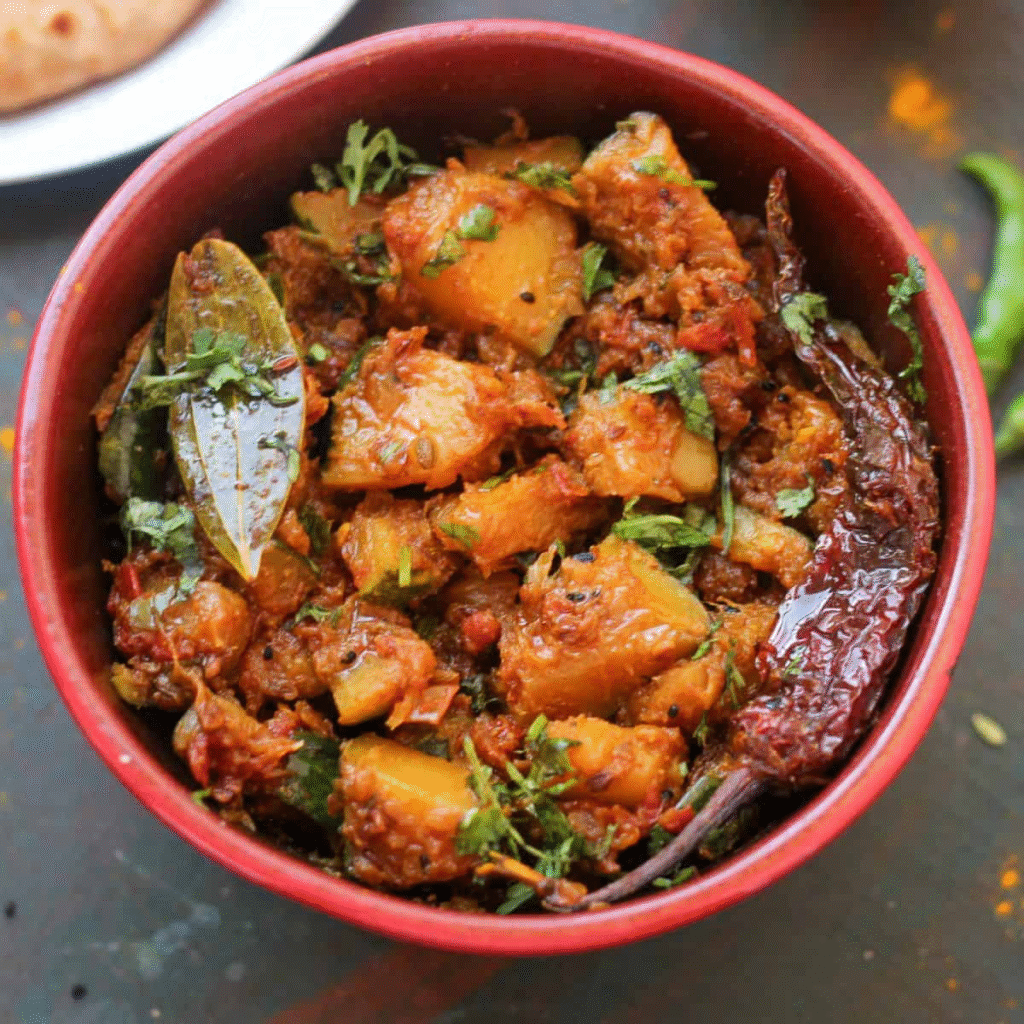
Flavor Profile
It offers a perfect balance of sweet, sour, and spicy — complementing the rich flavors of the main course.
Where to Find
Part of the Dham thali and served in local restaurants.
Conclusion
The traditional foods of Shimla are a gateway to understanding the cultural heritage and natural bounty of Himachal Pradesh. From the earthy warmth of Siddu to the festive richness of Chana Madra, these dishes provide more than just nourishment — they offer an authentic taste of the mountains’ soul.
For travelers, savoring these top 10 traditional foods is essential to truly experiencing Shimla beyond its scenic vistas. Whether dining in a village homestay, bustling market, or quaint café, these flavors tell stories of resilience, community, and celebration.

